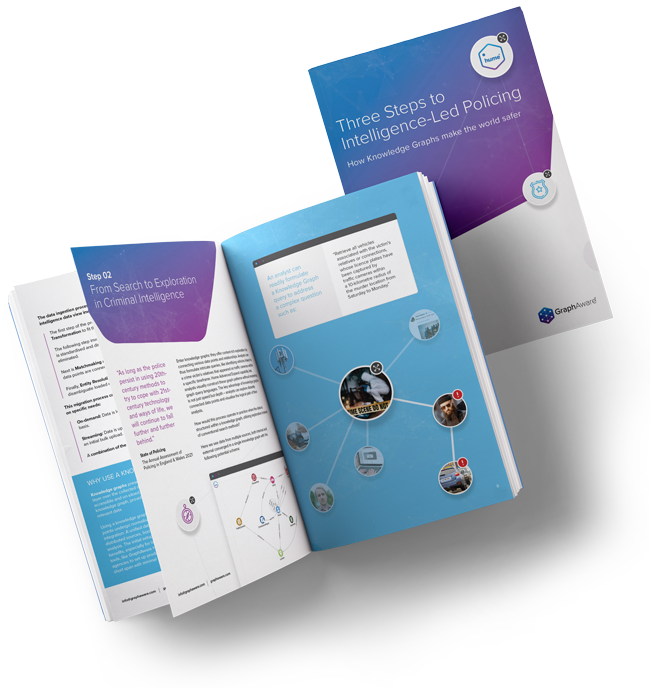“In this dynamic landscape, the transition from tactical to strategic intelligence represents a profound paradigm shift—one that promises not just to react to unfolding events but to anticipate and even mould the future.”
In the ever-evolving world of law enforcement, staying one step ahead is critical. The ability to expect, rather than merely react, is what often tilts the balance in solving cases. This goes beyond traditional reactive measures, and ventures into proactive strategies, harnessing the power of data to identify crime hotspots, discern criminal patterns, and even pre-empt crimes. This paradigm shift is feasible with sophisticated intelligence software like HUME.
In this article, we’ll:
- show how Hume can champion the journey from tactical to strategic intelligence analysis
- plunge into HUME’s capabilities, showcasing how they can enhance current criminal intelligence operations
- illustrate HUME’s features using a synthetic dataset of crimes from San Francisco
- identify patterns and trends in the data that help describe the overall threat landscape of San Francisco
Understanding Tactical and Strategic Intelligence Analysis
Imagine this: a law enforcement officer is planning a search warrant. They are drawing insights from real-time data pinpointing a suspect’s current whereabouts. This represents tactical intelligence: the granular details that directly influence on-the-spot operations. For instance, grasping the nuances of a suspect’s pattern of life, and/or identifying their interactions.
On the flip side, strategic intelligence analysis offers a panoramic vista. It’s akin to assembling a jigsaw puzzle where each piece symbolises a fragment of tactical intelligence. Strategic intelligence analysis lies in the synthesis of diverse data points to reveal overarching patterns, trends, and potential threats. Such insights inform long-term policymaking, shaping strategic resource allocation, and crafting preventive interventions.
The Role of Data in Criminal Intelligence Analysis
Quality data is characterised by its accuracy, comprehensiveness, timeliness, and relevance. Integrity ensures that data remains consistent, reliable, and trustworthy throughout its lifecycle, forming a solid foundation for all later actions.
Yet, curating such quality data and maintaining its integrity is a Herculean task. In the modern digital age, data sources are vast and varied, each with distinct formats, structures, and reliability levels. With advanced features such as Orchestra, HUME can consolidate structured and unstructured data into a singular, coherent knowledge graph. This unified structure ensures that intelligence is rooted in a single source of truth, paving the way for actionable insights.
Exploring the San Francisco PD’s Incident Report Dataset
To understand the potential of strategic intelligence analysis, we must immerse ourselves in tangible, real-world data. The San Francisco Police Department (SFPD) offers a unique window into the world of incident reporting, with a comprehensive dataset of incidents since 2018.
Dataset Overview and Dynamics: Every entry in this dataset is a unique event in urban life. Each incident is catalogued with precision, detailing the date, time, and day of the week, providing a temporal landscape for analysis. Delving deeper, the dataset elucidates distinct categories, with reports filed by officers on the ground and those entered by the public via SFPD’s online portal.
The dataset offers meticulous categorization by type, subcategory, and an intricate description. This granular breakdown is a treasure for analysts, laying the groundwork for deep dives into crime trends and patterns. The dataset also shows a geographical picture, detailing neighbourhoods, and specific police districts. This spatial dimension is pivotal, allowing for comprehensive analyses of crime hotspots and regional dynamics.
Going beyond the incidents, the ‘Resolution’ column offers a retrospective gaze, shedding light on the outcomes and current statuses. This offers a reflective lens into the responsiveness, efficacy, and strategies of law enforcement.
However, as with all data, there are inherent challenges to consider. Missing values, inconsistencies, and sheer volume emphasise the complexities inherent in real-world data collection. It’s crucial to approach this dataset not only as a source of insights but also as a library of the ongoing challenges and evolution of data-driven law enforcement.
Venturing into HUME’s Graphical Interpretation of the SFPD Reports
In the challenge to understand data, visualisation is crucial. Hume helps translate raw numbers and facts into comprehensible narratives. By harnessing Hume’s analytical features, the SFPD dataset transforms, evolving from a spreadsheet to a dynamic, interconnected graph. This transformation isn’t only cosmetic, it’s unveiling hidden narratives, relationships, and patterns that conventional data representations might overlook. Moreover, thanks to Neo4j, a graph-native database, under the hood any analysis or visualisation is blazing fast.
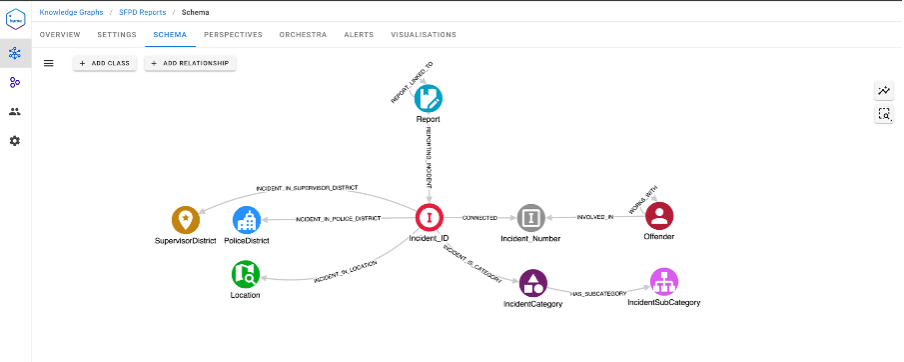
Figure 1 – SFPD (San Francisco police department) Knowledge Graph
Graph Nodes First, we will focus our attention on identifying patterns and trends within the data. From the entire schema, we will focus only on the following nodes to better describe the situation from a vantage point.
- Incident_ID: Each incident, uniquely identified, forms the backbone of our graph. This node becomes the starting point, the anchor from which every narrative unfolds. It captures the essence of every event, providing a singular identity that aids in tracking and analysis.
- Location: Mapping is crucial in crime analysis. The ‘Location’ node helps turn data points into spatial stories. By anchoring each incident to a specific locale, we can identify hotspots, discerning regional patterns, and understanding the dynamics of crime.
- IncidentCategory: At a higher level, the ‘IncidentCategory’ node categorizes and organizes the incidents. This node allows for aggregated analyses, understanding crime categories, and spotting overarching trends.
Graph Edges Correspondent with our primary focus nodes, the primary focus relationships, for this application, will reveal valuable insight into the data.
- INCIDENT_IN_POLICE_DISTRICT: This relationship links individual incidents to specific police districts. It paints a vivid picture of crime distribution, aiding in strategic resource allocation, understanding regional challenges, and ensuring law enforcement efforts are optimally directed.
- INCIDENT_IN_LOCATION: This relationship further solidifies the spatial aspect of the graph. By connecting the incident to its geographical stage, it offers a granular view—shedding light on crime distributions, understanding spatial patterns, and guiding tactical deployments.
By integrating nodes and edges, the graph transforms into a living entity. It offers more than isolated data points—it provides narratives, connections, and insights.
As we journey ahead, the power of such visualisations will become even more evident. It’s not just about viewing data but understanding it, finding the narratives hidden within, and leveraging them for a safer, more secure future.
Navigating the Visual Landscape of Crime Dynamics
The power of data isn’t just in its raw form but in its presentation. By leveraging the San Francisco PD dataset, we’ve crafted a series of visual narratives that provide a panoramic view of crime dynamics, allowing for both macroscopic and microscopic examinations.
1. Incident heatmap
A heatmap of crimes in San Francisco visually represents crime concentrations across the city using a gradient colour scheme. Brighter shades indicate high crime rates in specific areas, while darker shades represent regions with fewer incidents. Divided into zones or grids, each corresponding to neighbourhoods or districts, this visual tool allows for rapid identification of ‘hotspots’ or high-risk areas. Overlay elements, like roads or landmarks, provide context, making the heatmap an invaluable asset for law enforcement to discern patterns, allocate resources effectively, and strategize preventive measures based on real-time data insights.

Figure 2 – Heatmap of San Francisco criminality
2. The Passage of Crime: Incidents Over Time Visualizing crime through the lens of time provides invaluable insights. On the x-axis, the passage of time unfolds, with each bar narrating the volume of incidents. Peaks signal turbulent periods, while troughs hint at moments of calm. Such temporal narratives are more than just patterns—they’re blueprints, guiding proactive measures and informing policy decisions.
In Figure 3 you will find a snapshot of the crimes that happened in the San Francisco area in April 2023. As we can easily identify, most of the crimes represented are property crimes, especially ‘Larceny’.
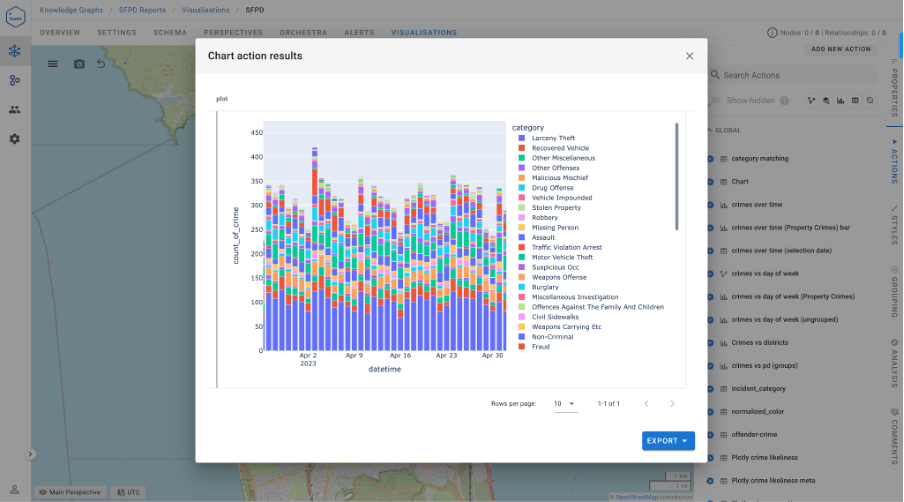
Figure 3 – A snapshot of incidents in April 2023
3. District Dynamics: Incidents Across Police Departments Each district has its unique challenges and narratives. Visualising incidents across various police departments paints a vivid portrait of regional dynamics. A heatmap chart adds layers of understanding, segregating incidents by type and offering a comprehensive view of the multifaceted challenges each district faces.
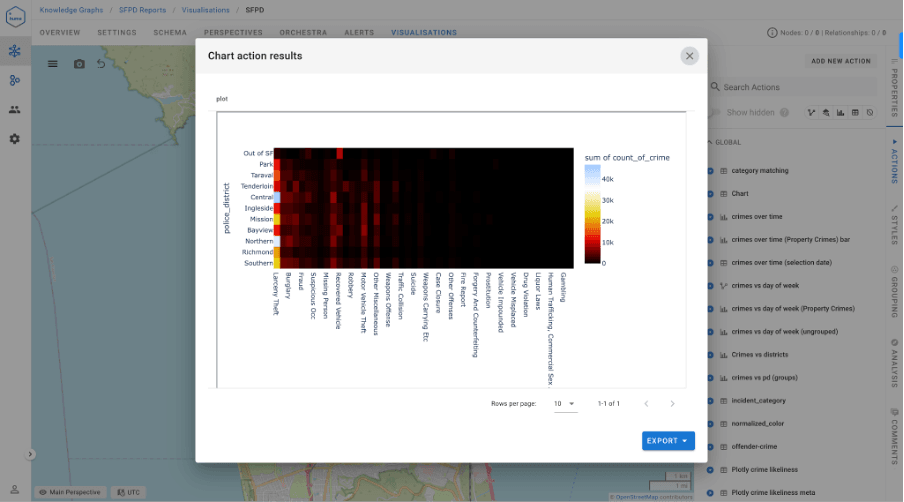
Figure 4 – Heatmap of incidents vs. police districts
4. Weekly Rhythms: Incidents and Days of the Week Crime doesn’t adhere to a schedule, and most of the time patterns emerge where we least expect. By mapping incidents across days of the week, we discern the unique cadence of crime. Some days might hum with activity, while others remain relatively serene. Such insights are pivotal, guiding tactical decisions, informing patrolling schedules, and revealing broader societal patterns.
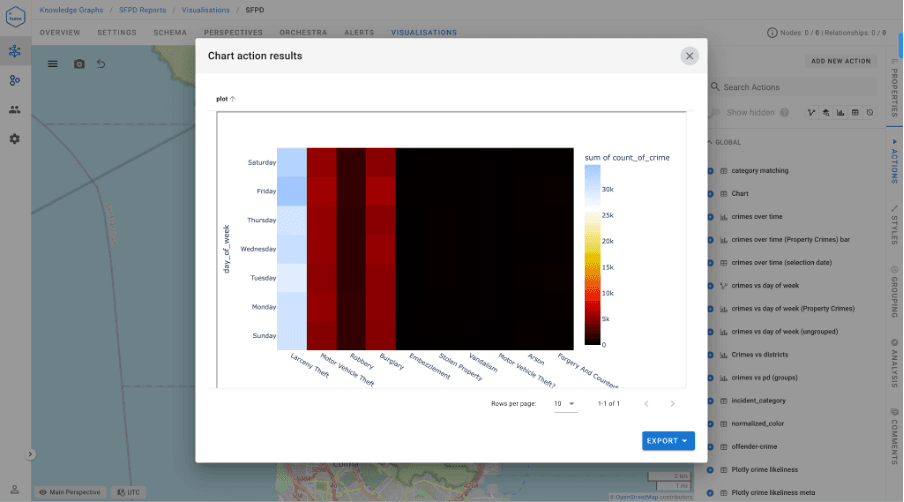
Figure 5 – Property incidents reflected over days of the week.
5. Temporal Tapestry: Interplay of Days, Hours, and Incidents Delving deeper into the temporal realm, this visualization offers a granular view of crime’s ebb and flow. Days stretch on one axis, hours on another, and the intensity of colours or the landscape narrates the frequency of incidents. Such granularity is a goldmine, pinpointing specific windows of time that may demand heightened vigilance.
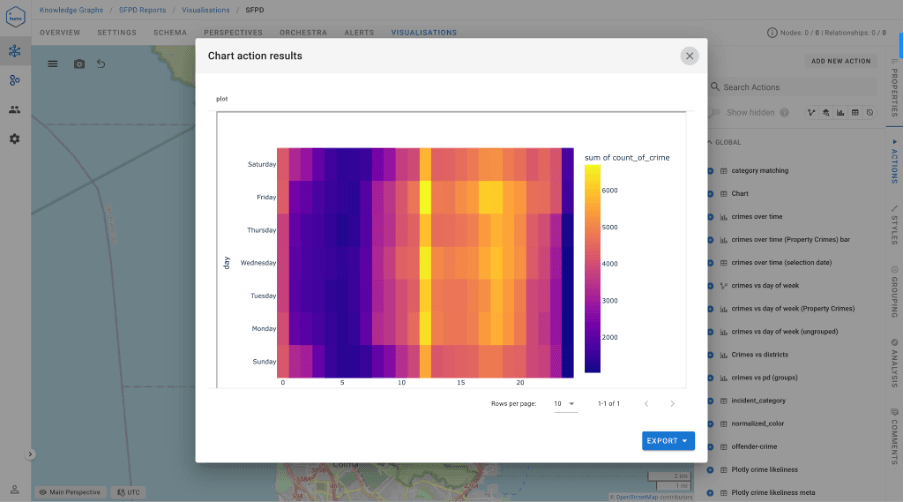
Figure 6 – Incident occurrence at Day of the week vs. time of day
These visual narratives, intricately woven from raw data, serve as powerful tools in the transition from reactive to proactive strategies. They unravel patterns, offer fresh perspectives, and guide our strategic foresight. As our exploration continues, the synergy of high-quality data, advanced visualisation tools, and strategic intelligence analysis beckon us towards a future where law enforcement is not just responsive but predictively strategic.
6. A Microscopic Lens Analyzing data through a microscope offers a level of detail akin to the broad overview provided by a bird’s-eye view.
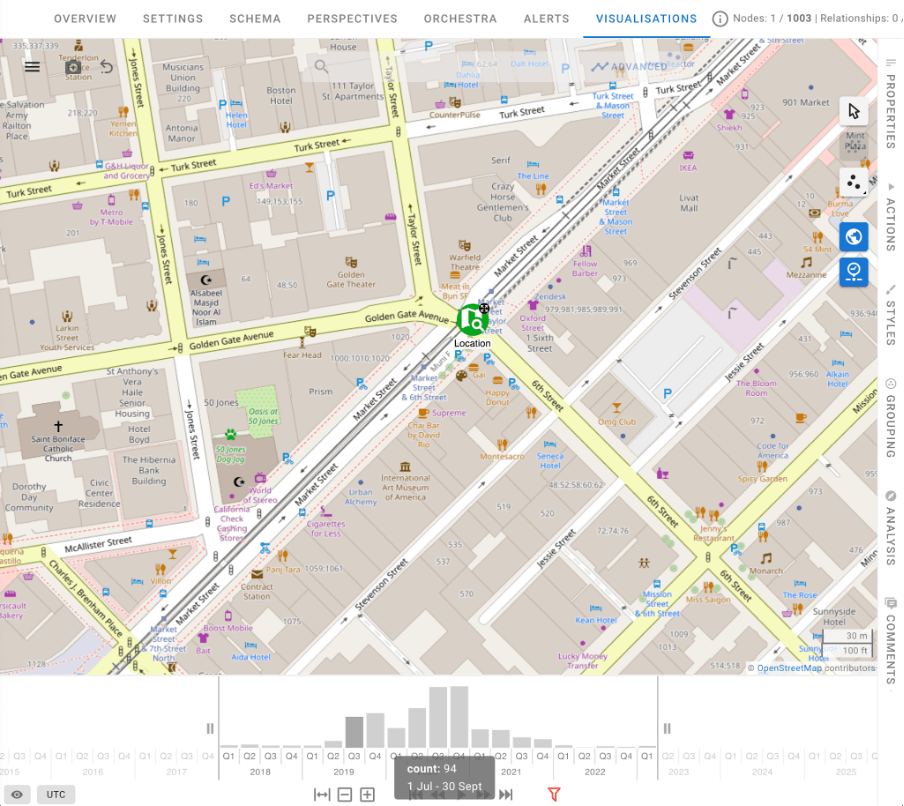
Figure 7 – Geographical view of the crime locations
Hume facilitates the expansion of incidents from a singular location, enabling users to categorise and extend these incidents within a graphical interface with ease. The Advanced Expand feature, integrated within the geographical view, allows for the precise filtering of pertinent events within a specified timeframe. This functionality underscores Hume’s capability to streamline intelligence analysis, making it an indispensable tool for professionals seeking efficient and effective data examination.
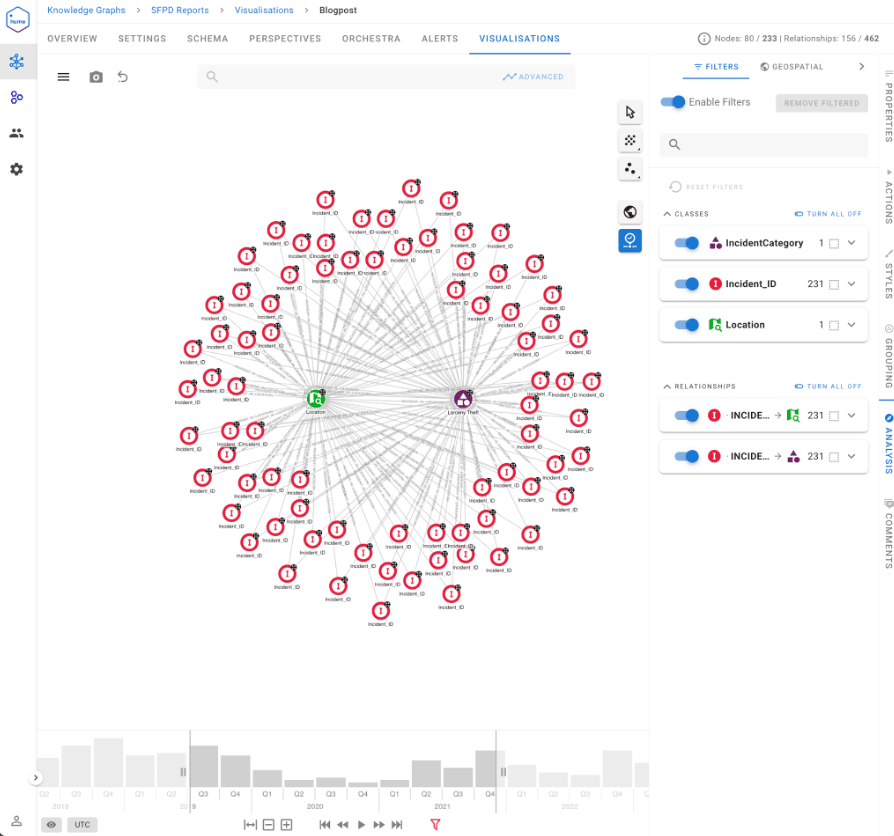
Figure 8 – Query results for expanding the Larceny Theft Incidents in a relevant timeframe specific to a location
This particular visualisation demonstrates the ability to categorise and contextualise incident data—specifically Larceny Theft Incidents—within a defined temporal and geographic scope. The nodes signify individual incidents and are interconnected to depict relationships and patterns. This network graph is a testament to Hume’s advanced data mapping capabilities, offering users a comprehensive graph view that is integral for identifying trends, connections, and outliers in complex data landscapes.
Conclusion
The landscape of law enforcement is not static; it’s an ever-evolving tapestry shaped by societal trends, technological advancements, and strategic foresight. In this dynamic landscape, the transition from tactical to strategic intelligence represents a profound paradigm shift—one that promises not just to react to unfolding events but to anticipate and even mould the future.
HUME emerges as a beacon in this transformative journey. It’s more than just software; it’s a powerful ally, bridging the gap between raw data and actionable insights. By harnessing HUME’s capabilities, law enforcement agencies can supercharge their operations, predict crime trends, allocate resources strategically, and craft policies that resonate with the times.
Our exploration of the San Francisco PD’s dataset has offered a tangible glimpse into the potential of strategic intelligence analysis. Through visual narratives and in-depth analyses, we’ve seen how data can be transformed into insights, how patterns can be discerned, and how the future can be anticipated.
As we stand on the edge of this new data era, one thing is clear: the fusion of high-quality data, advanced analytical tools like HUME, and strategic intelligence analysis will shape the future of law enforcement.
Stay at the forefront of law enforcement technology with GraphAware. Watch for our upcoming blog series on predictive policing, where we delve deeper into how knowledge graphs are shaping the future of crime prevention. Stay tuned, learn with us, and transform your data into foresight. Contact GraphAware to be part of this cutting-edge journey.
